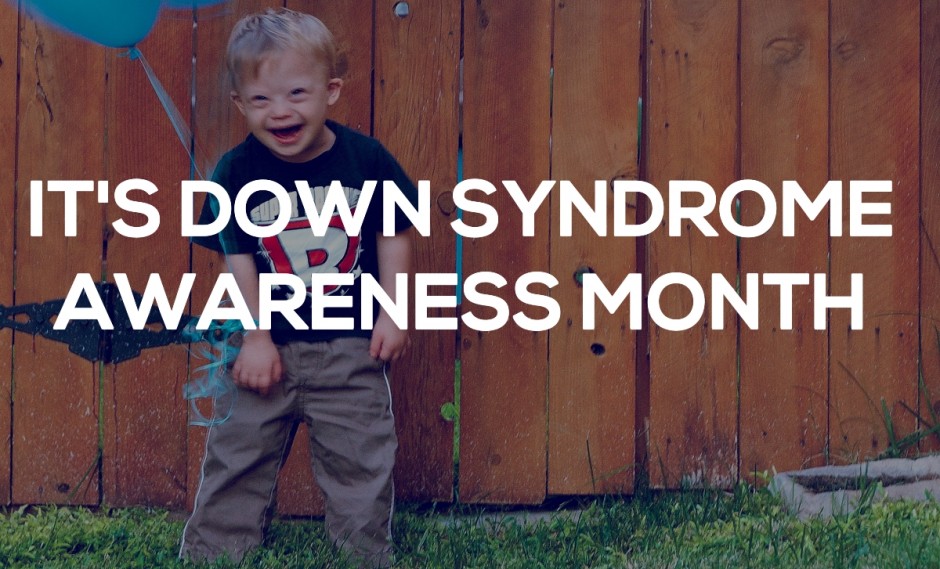It is hard to keep in shape during the fall and even more so in the winter season. This holds true more so for a person who is differently abled. During the time of bad weather, like rain or snow, it is almost impossible to get around or to get out and do a little running or pushing. There are always alternatives though, you could purchase or make your own weights. If you are less of a strength person and more of a stamina or cardio person, you can always take the time to go for a roll around the neighborhood or nearest public track, if there is one.
If you lack the transportation, are unable to leave the house, or bad weather bothers you such as rain, you can always invest in an indoor rolling trainer. This device assures you a cardio workout from the comfort of your own house or garage. Equipment like this can get exceptionally pricey, unfortunately. Some may think, “Why the high price for pieces of metal welded together?” if this is you, you can always construct your own.
There are stores online that sell the equipment such as these, that are needed for a person whose day to day life involves a disAbility.
If you are a handy person and like to make things there are also videos online on sites such as YouTube that have “Do It Yourself” videos on how to construct a rolling trainer. If you are looking for an alternative to working out this fall or winter season and do not know where to start, here are some simple questions to ask yourself. What is the purpose of wanting to get in shape? What do you need to work on more: strength, speed, stamina or all of the above?
You will need to figure out what exercises you are capable of. Once you have figured out your abilities and where you want to go with your workouts/exercises, the, there is no better time to start your road to health or training for a sport then as soon as possible. Make sure to be happy with your choices and be safe in your workout endeavors.

